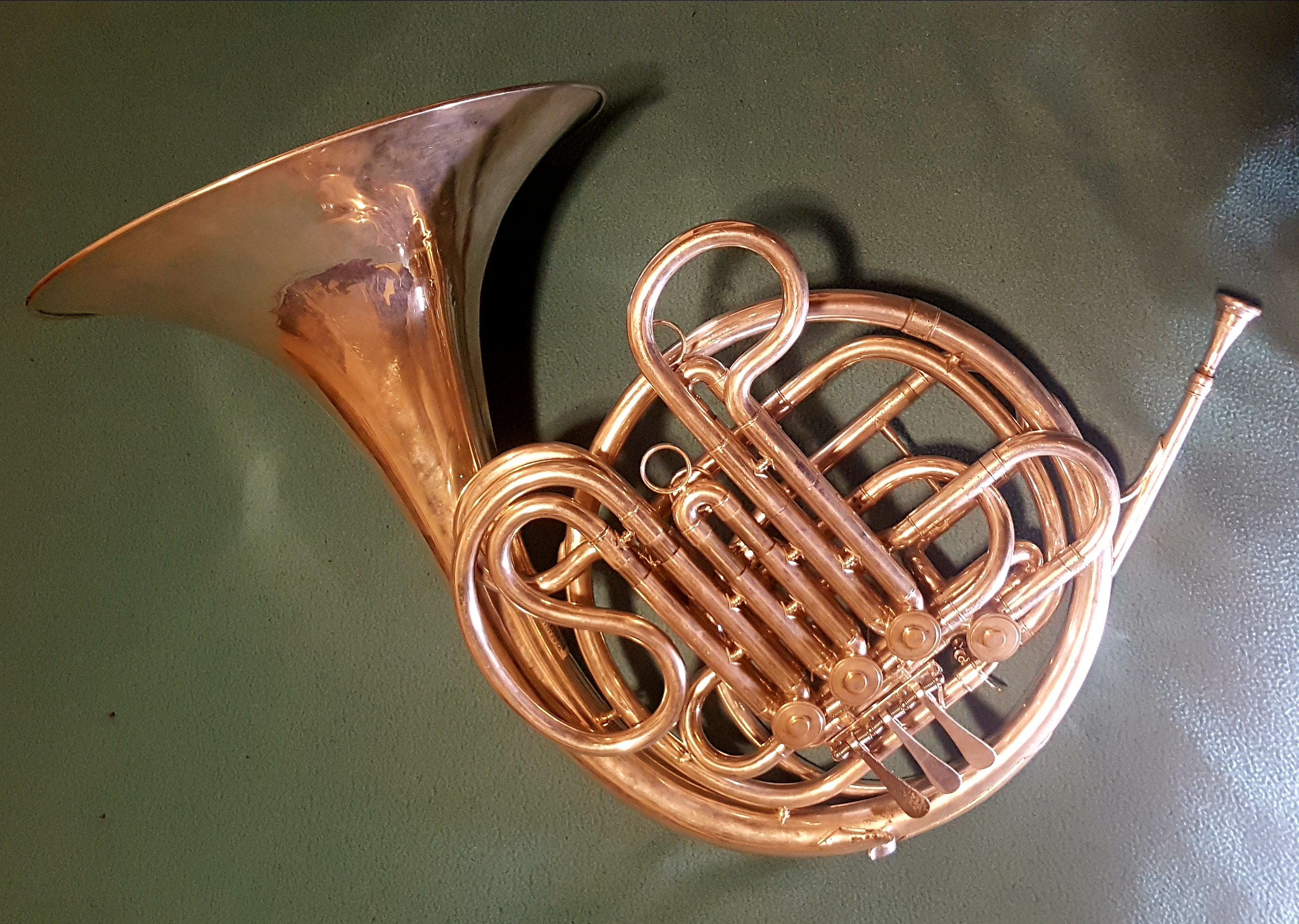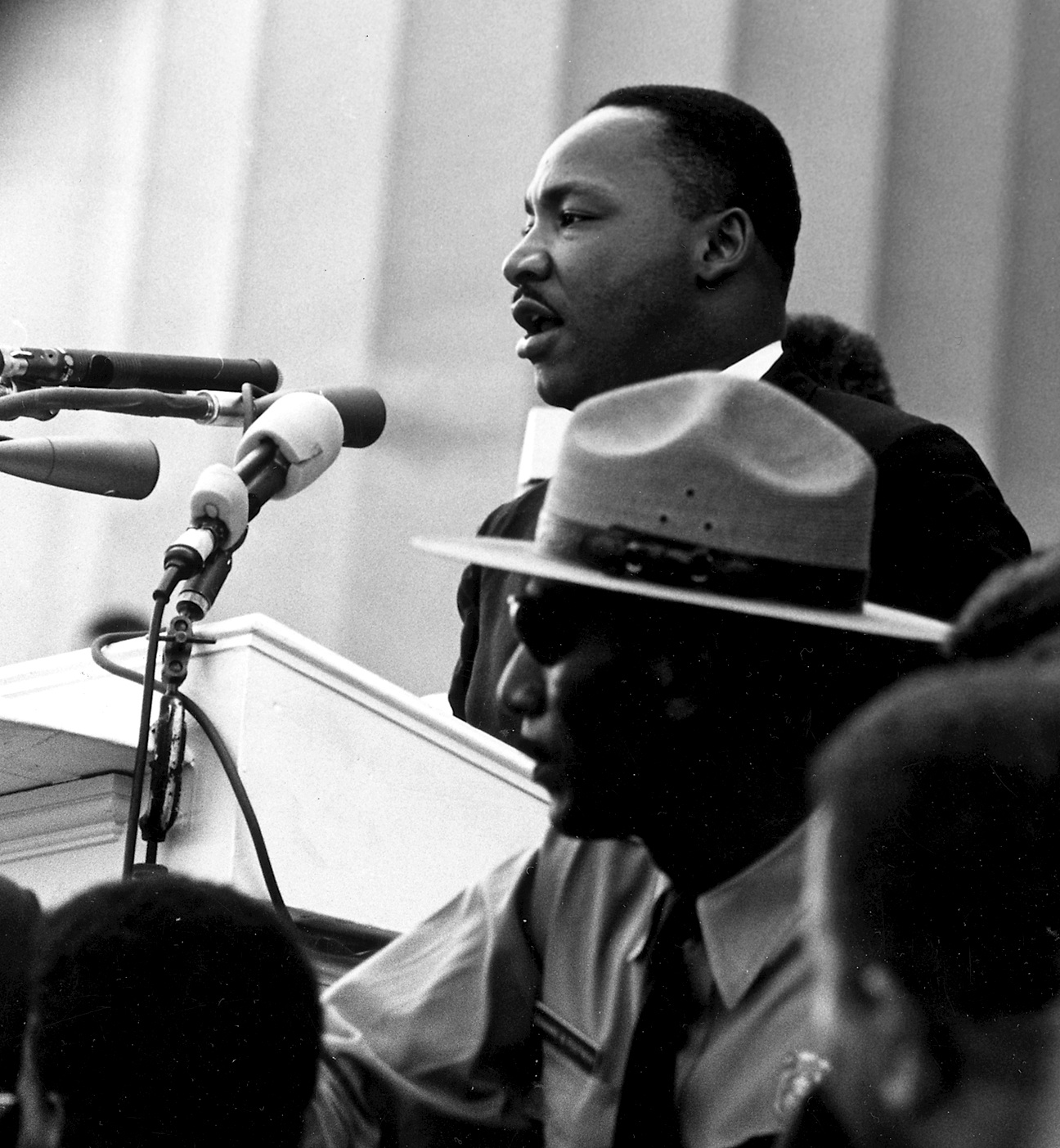|
Tipitina
"Tipitina" is a song written and made famous by Professor Longhair. The song has been widely covered, and the Professor Longhair version was recorded in 1953 for Atlantic Records. "Tipitina" was first released in 1953. A previously unreleased alternate take (also recorded in 1953) was released on the album '' New Orleans Piano'' in 1972. Although the nature of his contributions are unknown, recording engineer Cosimo Matassa is listed as the song's co-writer along with Roy Byrd, Professor Longhair's legal name. The song, which is considered a New Orleans music standard, was added to the US National Recording Registry in 2011 because of its cultural significance. The subject of "Tipitina" is unknown. According to an interview and a recording by Dr. John (Mac Rebennack) played at the WWOZ Piano Night concert in 2020, Tipitina was a type of or name of a bird. Rebennack said he had never heard of that before or since. The New Orleans music venue, Tipitina's, was named for the son ... [...More Info...] [...Related Items...] OR: [Wikipedia] [Google] [Baidu] |
Tipitina's
Tipitina's is a music venue located at the corner of Napoleon Avenue and Tchoupitoulas Street in Uptown New Orleans, Louisiana, United States. History Local music enthusiasts opened the venue on January 14, 1977.Gambit Weekly - Blake Ponchartrain - New Orleans Know-It-All The name was inspired by a well-known song, " Tipitina", by Professor Longhair who also performed there until his death in 1980. Before adopting use of "Tipitina's" as its name, the facility was known as "The 501 Club," in reference to its street address (501 Napoleon Avenue). Tipitina's stands as one of the best ... [...More Info...] [...Related Items...] OR: [Wikipedia] [Google] [Baidu] |
Tipitina's Foundation
''Tipitina's Foundation'' is a not-for-profit charity organization that grew out of the New Orleans music venue, Tipitina's. Based in New Orleans, Louisiana, the foundation's mission is to protect and preserve the musical culture of New Orleans and Louisiana. Following Hurricane Katrina, Tipitina's Foundation was particularly active. Part of the foundation's stated purpose is to empower the youth of the city to learn music. In order to encourage this, the foundation donates quality instruments to schools in the city and surrounding areas. The foundation also runs workshops teaching music performance at the club of the same name, Tipitina's, and operates a statewide network of technology access centers ("Tipitina's Music Office Co-Ops") to assist Louisiana's adult musicians and digital media professionals. Fats Domino has dedicated proceeds from his latest musical release to the foundation. Actor Harry Shearer won $50,000 for the foundation on a recent edition of '' Celebrity Jeopa ... [...More Info...] [...Related Items...] OR: [Wikipedia] [Google] [Baidu] |
New Orleans Piano
''New Orleans Piano'' is a 1972 album by Professor Longhair. It consists of material recorded in 1949 and 1953, including tracks previously released by Atlantic Records. The 1953 recording of "Tipitina" was added to the US National Recording Registry in 2011. In 2003, the album was ranked number 220 on ''Rolling Stone'' magazine's list of the 500 greatest albums of all time, and 222 in a 2012 revised list. Track listing 1989 reissue Personnel 1953 session * Roy Byrd – vocals, piano * Lee Allen – tenor saxophone * Red Tyler – baritone saxophone * Edgar Blanchard – bass * Earl Palmer Earl Cyril Palmer (October 25, 1924 – September 19, 2008) was an American drummer. Considered one of the inventors of rock and roll, he is a member of the Rock and Roll Hall of Fame. Palmer was one of the most prolific studio musicians of a ... – drums 1949 session * Roy Byrd – vocals, piano * Robert Parker – alto saxophone * Al Miller or John Woodrow – dr ... [...More Info...] [...Related Items...] OR: [Wikipedia] [Google] [Baidu] |
WWOZ
WWOZ (90.7 FM) is a non-profit community-supported radio station in New Orleans. It is owned by the New Orleans Jazz & Heritage Foundation. The station specializes in music from or relating to the cultural heritage of New Orleans and the surrounding region of Louisiana. The playlist includes Jazz, Blues and other world music. The studios and offices are on North Peters Street in the French Quarter of New Orleans. The transmitter is on Canal Street at Lasalle Street atop a Tulane University building. Programming WWOZ programming is most heavily weighted toward contemporary jazz and rhythm & blues, with other programming including traditional jazz, blues, Cajun music, zydeco, old time and country music, bluegrass, Gospel, Celtic music and World music. As the station is known for its support of local music, local musicians are often guests on programs and sometimes perform live over the air, especially for the station's twice-yearly membership drives. Musicians and si ... [...More Info...] [...Related Items...] OR: [Wikipedia] [Google] [Baidu] |
Junker's Blues
Junker Blues is a piano blues song first recorded in 1940 by Champion Jack Dupree. It formed the basis of several later songs including the 1949 " The Fat Man" by Fats Domino and the 1952 "Lawdy Miss Clawdy" by Lloyd Price. The song is about a drug user's conflict with life and the law, makes references to cocaine, " needles", " reefers", and life in the penitentiary, and contains admonishments against the use of hard drugs. History The song was written sometime in the 1920s by Willie Hall, known as "Drive 'em Down" Hall, a blues and boogie-woogie pianist from New Orleans. Hall never recorded nor received credit for the song. In 1940, Champion Jack Dupree, an American pianist who referred to Hall as his "father", recorded the song for the first time on Okeh Records (OKeh 06152). In 1958, a different version of this song, Junker's Blues, penned by Dupree himself, and which focuses on the allure of hard drugs, appeared on Dupree's first album, ''Blues from the Gutter'', featurin ... [...More Info...] [...Related Items...] OR: [Wikipedia] [Google] [Baidu] |
New Orleans Blues
New Orleans blues is a subgenre of blues that developed in and around the city of New Orleans, influenced by jazz and Caribbean music. It is dominated by piano and saxophone, but also produced guitar bluesmen. Characteristics As a style, New Orleans blues is primarily driven by piano and horn, enlivened by Caribbean rhythms and Dixieland music. It is generally cheerful in delivery regardless of the subject, with a laid back tempo and complex rhythms falling just behind the beat. Vocals range from laid-back crooning to full-throated gospel shouting. History New Orleans is generally credited as the birthplace of jazz music, but has attracted less attention as a center of the blues. The 12-bar blues were well known in the city before most of the rest of the country. Buddy Bolden's band was remembered at excelling on playing blues before 1906. Anthony Maggio's " I Got the Blues" was an early example of published blues sheet music from 1908. The Original Dixieland Jass Band's ... [...More Info...] [...Related Items...] OR: [Wikipedia] [Google] [Baidu] |
Allen Toussaint
Allen Richard Toussaint (; January 14, 1938 – November 10, 2015) was an American musician, songwriter, arranger and record producer. He was an influential figure in New Orleans rhythm and blues from the 1950s to the end of the century, described as "one of popular music's great backroom figures".Richard Williams"Allen Toussaint obituary" ''The Guardian'', November 11, 2015. Retrieved November 15, 2015. Many musicians recorded Toussaint's compositions. He was a producer for hundreds of recordings, among the best known of which are " Right Place, Wrong Time", by his longtime friend Dr. John, and " Lady Marmalade" by Labelle. Biography Early life and career The youngest of three children, Toussaint was born in 1938 in New Orleans and grew up in a shotgun house in the Gert Town neighborhood, where his mother, Naomi Neville (whose name he later adopted pseudonymously for some of his works), welcomed and fed all manner of musicians as they practiced and recorded with her son. Hi ... [...More Info...] [...Related Items...] OR: [Wikipedia] [Google] [Baidu] |
National Recording Registry
The National Recording Registry is a list of sound recordings that "are culturally, historically, or aesthetically significant, and/or inform or reflect life in the United States." The registry was established by the National Recording Preservation Act of 2000, which created the National Recording Preservation Board, whose members are appointed by the Librarian of Congress. The recordings preserved in the United States National Recording Registry form a registry of recordings selected yearly by the National Recording Preservation Board for preservation in the Library of Congress. The National Recording Preservation Act of 2000 established a national program to guard America's sound recording heritage. The Act created the National Recording Registry, The National Recording Preservation Board and a fund-raising foundation. The purpose of the Registry is to maintain and preserve sound recordings and collections of sound recordings that are culturally, historically, or aesthetically ... [...More Info...] [...Related Items...] OR: [Wikipedia] [Google] [Baidu] |
Allmusic
AllMusic (previously known as All Music Guide and AMG) is an American online music database. It catalogs more than three million album entries and 30 million tracks, as well as information on musicians and bands. Initiated in 1991, the database was first made available on the Internet in 1994. AllMusic is owned by RhythmOne. History AllMusic was launched as ''All Music Guide'' by Michael Erlewine, a "compulsive archivist, noted astrologer, Buddhist scholar and musician". He became interested in using computers for his astrological work in the mid-1970s and founded a software company, Matrix, in 1977. In the early 1990s, as CDs replaced LPs as the dominant format for recorded music, Erlewine purchased what he thought was a CD of early recordings by Little Richard. After buying it he discovered it was a "flaccid latter-day rehash". Frustrated with the labeling, he researched using metadata to create a music guide. In 1990, in Big Rapids, Michigan, he founded ''All Music Gui ... [...More Info...] [...Related Items...] OR: [Wikipedia] [Google] [Baidu] |
Rolling Stone
''Rolling Stone'' is an American monthly magazine that focuses on music, politics, and popular culture. It was founded in San Francisco, California, in 1967 by Jann Wenner, and the music critic Ralph J. Gleason. It was first known for its coverage of rock music and political reporting by Hunter S. Thompson. In the 1990s, the magazine broadened and shifted its focus to a younger readership interested in youth-oriented television shows, film actors, and popular music. It has since returned to its traditional mix of content, including music, entertainment, and politics. The first magazine was released in 1967 and featured John Lennon on the cover and was published every two weeks. It is known for provocative photography and its cover photos, featuring musicians, politicians, athletes, and actors. In addition to its print version in the United States, it publishes content through Rollingstone.com and numerous international editions. Penske Media Corporation is the current ... [...More Info...] [...Related Items...] OR: [Wikipedia] [Google] [Baidu] |
Rolling Stone (magazine)
''Rolling Stone'' is an American monthly magazine that focuses on music, politics, and popular culture. It was founded in San Francisco, California, in 1967 by Jann Wenner, and the music critic Ralph J. Gleason. It was first known for its coverage of rock music and political reporting by Hunter S. Thompson. In the 1990s, the magazine broadened and shifted its focus to a younger readership interested in youth-oriented television shows, film actors, and popular music. It has since returned to its traditional mix of content, including music, entertainment, and politics. The first magazine was released in 1967 and featured John Lennon on the cover and was published every two weeks. It is known for provocative photography and its cover photos, featuring musicians, politicians, athletes, and actors. In addition to its print version in the United States, it publishes content through Rollingstone.com and numerous international editions. Penske Media Corporation is the current owner ... [...More Info...] [...Related Items...] OR: [Wikipedia] [Google] [Baidu] |





